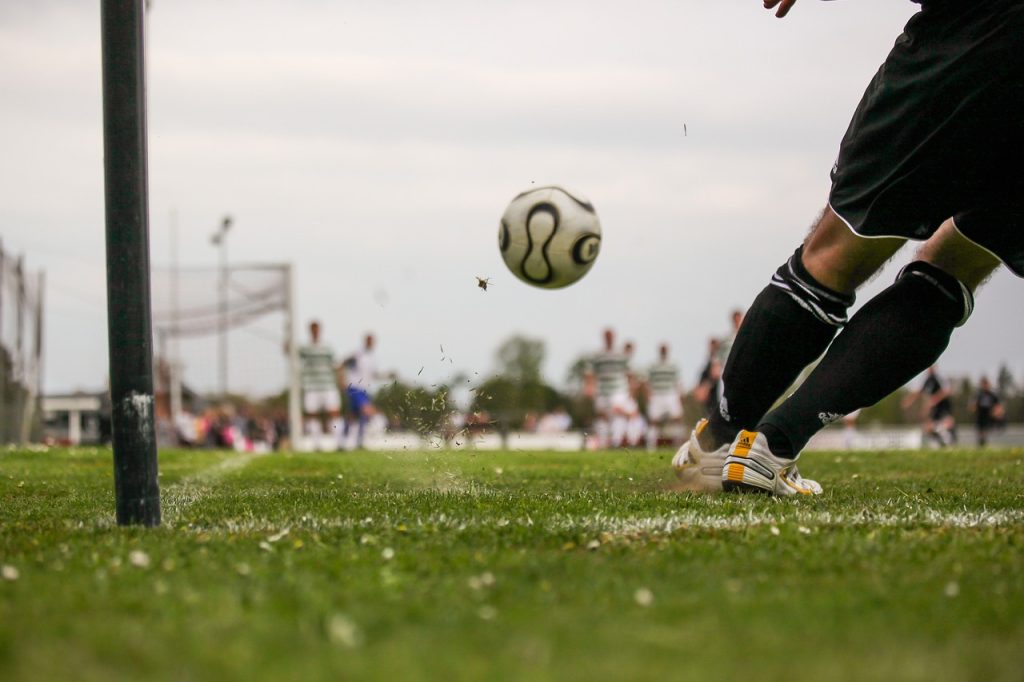
How Far Do Soccer Players Run in a Game?

People often wonder how far do soccer players run in a game? Champions League matches show a graphic on screen calculating the distance a player has travelled in the course of the game. Sixteen cameras are used. They divide the pitch up into 16 unique regions. Each feed is sent to laptops which calculate the trajectories of the field and the ball.
Statistics suggest that, at the top level, a footballer who plays a full 90 minutes will cover anywhere between 8 to 13 km. The distance covered varies by position. Midfielders will run the furthest, whilst central defenders will run less.
Goalkeepers normally cover between 2.5 and 3 km per game.
In England, players in the Championship cover more distance per game than their counterparts in the Premier League.
The difference is that players at the elite level have the faster ball movement and sprints in the final third. This is sometimes given as a reason why promoted teams sometimes find it difficult when they move up.
By way of indication, the available evidence suggests that elite players run up to 1.5 to 2 km further a game than they did 30 years ago.
Do Soccer Players Need Good Aerobic Capacity?
One myth is that soccer players need to have a good aerobic capacity in order to excel at the sport This is it is not the be all and end all. Running in soccer should not be compared to long distance running, Long distance running requires continuous movement.
Instead, during a match players run for approximately 70% of a match but in short, high intensity sprints. This is why most coaching focuses on dynamic sprinting drills.
External factors that Influence the Speed of the Game
There are external factors why the players run further to do with the speed of the game. In the first place pitches are far better than they used to be when mud-heaps were common even at some of the biggest clubs.
The balls are also much lighter and travel further. Old balls were made of leather and were heavy, particularly when it was rainy and they absorbed water. Consequently, between the ball and heavy pitch, play was often restricted to small areas. The ball didn’t move as quickly, so players didn’t have to run as far to go after it.
The modern player is undoubtedly fitter and takes better care of their bodies than the former counterparts. There is much greater emphasis on nutrition and diet today than in years past. Also the drinking culture, once an integral part of many European clubs, has largely been eradicated.
Individualized Training Plans
Top clubs also employ sports scientists and nutritionists. They create individual training plans designed so that each player can reach their peak of physical fitness.
It is also true that football is a much more data driven business than it used to be. Metrics like distance and speed covered are given greater weight than used to be the case. Now players are tracked by monitors which track every aspect of their performance in training and in matches. These statistics are a key determinant when deciding whether to bid for a player in the transfer market.
Return to homepage


